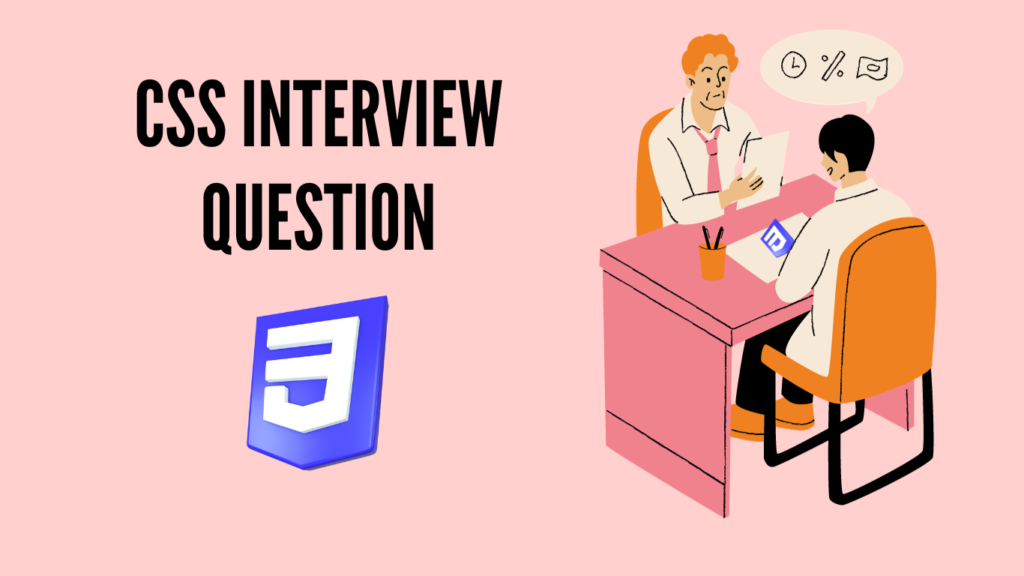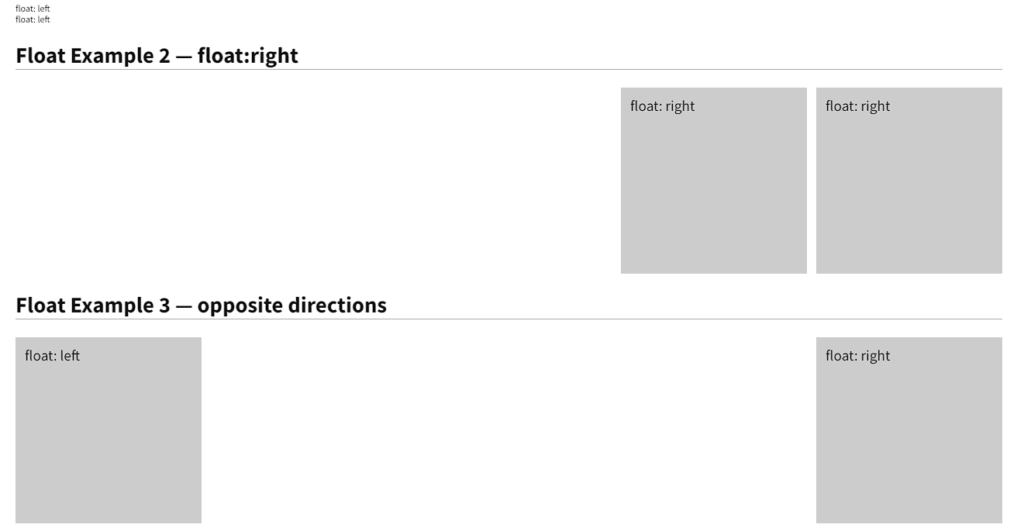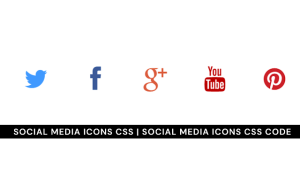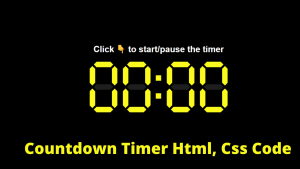Cascading style sheets ( CSS) are a styling language that is used to give a feel and finish to your website. While preparing for web developer interviews, an individual should work on CSS concepts for acing the interview.
CSS Interview Question and Answers

Q1. What is CSS , and what is its role in web development?
Ans: The styling language known as CSS, or cascading style sheets, is primarily responsible for how our website will appear. Using various stylistic features, CSS is used to give website elements an appealing look and feel. CSS is essential to the web development process as the developer’s skills and way of thinking determine how our website will appear.
Q2. What are the advantages of CSS?
Ans: There are a number of advantages to using CSS; some of the advantages are given below:
- Easy Maintenance: Changing values and styling and updating the styling properties of an element can be easily done just by selecting the particular property of the element.
- Responsive Design: CSS provides the feature of creating a responsive website that displays the content in a formatted manner for different screen sizes.
- Compatibility: CSS is widely supported by most modern web browsers and provides consistent content across different browsing platforms.
- Multiple frameworks: CSS has many predefined frameworks that are basically used to make the styling part easier. Just be sure to apply some predefined styling to different elements.
100 Day , 100 HTML CSS JavaScript Projects
Q3. What are the different types of CSS frameworks?
Ans: CSS frameworks are predefined libraries that contain some predefined styling for basic HTML elements, which helps users save more time just by using predefined frameworks.
- bootstrap
- Tailwind CSS
- Animate.CSS
- Bulma
- Foundation
- Semantic UI
Q4. How to include CSS in the webpage?
Ans: There are differeny types ways to include CSS in webpages:
External style Sheet: We create an external css styling file using the syntax “.css” for creating the external style sheet and then add the external link of the file inside the head section of the html file.
<link rel="stylesheet" href="style.css">
Inline CSS: Inline CSS is placed directly within an HTML element using the style attribute. It has the highest specificity, and it can change the predefined styling if applied to any element in other styles.
<p style="color: blue;">This is a green paragraph.</p>
Internal CSS: Internal CSS is the process of applying CSS styles directly within the HTML text compared to using an external stylesheet. It is sometimes referred to as embedded CSS or in-line CSS. Using this method, the <style> element, which is normally located in the <head> part of an HTML document, contains the CSS styling rules.
<head>
<style>
p {
color: red;
}
</style>
</head>
<body>
<p>This is a red paragraph.</p>
</body>Q5. Explain the difference between padding and margin?
Ans: The area outside the elments is known as the margin. The margin is the distance measured from the edges of the elments to the different elements in the surrounding. Padding, on the other hand, is the space that exists inside elements and defines the distance between an element’s border and content.

Q6. What is the box model in CSS?
Ans: It is important to understand the concept of the CSS box model. In this model, the HTML elements are considered a rectangular box that contains content, spacing, border, margin, and padding. Mastering the box model is the first method for effective CSS layout.This method helps in the aligment of elements on the webpage.

Q7. does the “float” property works?
Ans: The float property in CSS is used to push elements from one side of the container, allowing other elements to wrap around them. The float property is mostly widely used for creating multiple column layouts where multiple elements need to be aligned at different positions inside the webpage.

Q8. What is the difference between relative and Absolute Positioning?
Ans:
Relative Positioning: Relative position is the position of an element is positioned relative to its normal position.
Absolute Positioning: absolute’ positions an element relative to its nearest positioned ancestor or the document itself if no positioned ancestor is found.

Q9. What are the different types of selectors in CSS?
Ans: CSS selectors are the patterns used to select and style HTML elements on a web page. Selectors target specific elements or groups of elements to apply styling rules defined in a CSS stylesheet.
1. Tag Selector: The type selector, also known as the tag selector, targets HTML elements by their tag names. For example, to style all the <h1> headings on a page, you can use the tag selector as follows:
h1 {
color: pink;
}2. Class Selector: Class selectors are prefixed with a period (.) and allow you to target elements with a specific class attribute. Class attributes are defined inside the HTML elements in HTML files, which helps in adding styling to different elements using the class selector. For example, to style all elements with the class “button,” .
.button {
background-color: red;
}3. ID Selector: ID selectors are prefixed with a hash (#) and target a specific element with a unique ID attribute. The ID tag selector is used only once inside the HTML tag. The ID tag selector is used to style specific elements. For example:
#header {
font-size: 24px;
}Q10. What is box-sizing property, and how does it affect the box model?
Ans: Box-sizing is a CSS property that is responsible for calculating the size of the elements. The box-sizing property is used to calculate the total height and width of the elements. “box-sizing: content-box” includes the size of the content only, while “box-sizing: border-box” includes the content, padding, and border of the elements.

Q11. What is the use of CSS opacity?
Ans: Opacity, a CSS property mostly used for photos, basically controls an element’s transparency. The degree to which light may pass through an item is known as its opacity. The least opacity of an element is ‘0’ and its maximum opacity is ‘1’.

Q12 What is the difference between CSS and CSS3?
Ans:
| Feature | CSS | CSS3 |
| Development Status | Standardized in 1996 | Latest version, introduced new features |
| Selectors | Basic selectors (element, class, ID, etc.) | Additional selectors (nth-child, :not, etc.) |
| Box Model | Basic box model with limited properties | Enhanced box model with more properties |
| Flexbox | Not supported | Introduced with flexible box layout |
| Grid Layout | Not supported | Introduced with advanced grid system |
| Transitions and Animations | Limited support for basic transitions | Enhanced support for complex animations |
| Border Radius | Limited support for rounded corners | Introduced ‘border-radius’ for smoother design |
| Shadows | Basic shadow properties | Introduced ‘box-shadow’ for more control |
| Gradients | Basic linear gradients | Introduced radial gradients and more |
| Transformations | Limited support for basic transformations | Introduced 2D and 3D transformations |
| Media Queries | Limited support | Enhanced support for responsive design |
| Font Face | Limited support for custom fonts | Introduced @font-face for custom fonts |
| Multi-column Layout | Not supported | Introduced multi-column layout properties |
Q13. How can we format text in CSS?
Text formatting features in CSS are used to style and format text.The following properties are part of CSS text formatting:
ADVERTISEMENT
- text-color
- text-align
- text-decoration
- text-transformation
- Letter-spacing
- Line-height
- Text-Shadow
Q14: How we can hide elments in CSS?
Ans: The css property that is used to hide elements in CSS is display property is used to add hide and show content of HTML. The different properties for hide and show are:
ADVERTISEMENT
To hide a element, set the style display property to “none”.
ADVERTISEMENT
display: "none";
To show an element, set the style display property to “block”.
ADVERTISEMENT
.display:"block";
Q15. What is the purpose of @media in CSS?
Ans: The ‘@media’ rule is used to apply different styles based on the characteristics of the device, such as screen size or resolution. The CSS media property is used for creating responsive and visually appealing websites that provide the same readability for the content using the media query property, which adjusts the content size based on the screen size.
ADVERTISEMENT
Conclusion:
CSS interview questions help you clear all your doubts related to the CSS concept and gain knowledge about different types of questions that are basically asked in the interview questions. By practicing on these provided questions, you will not only be able to ace the interview but also learn new skills and implement more properties.
follow: codewithrandom
Author : Arun



